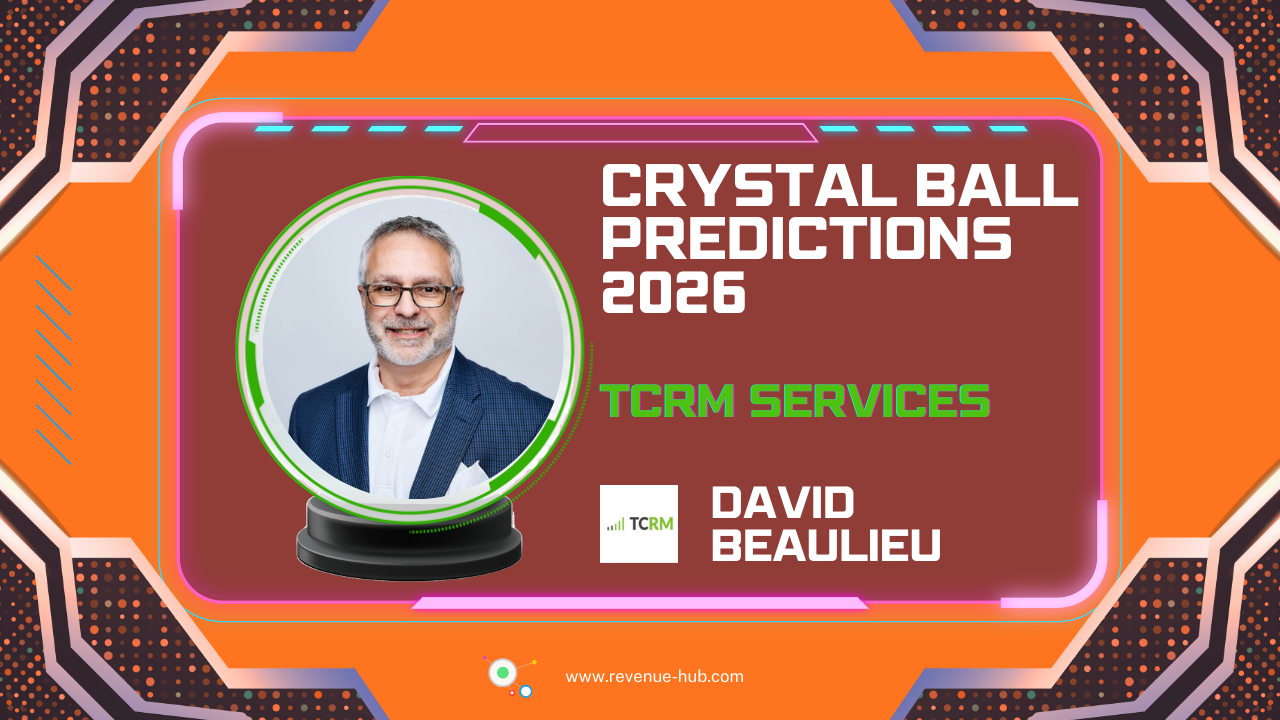
Many hotels rely solely on cart abandonment emails to try and win guests back. Those efforts certainly matter, because guests who open recovery emails convert at far higher rates than the general list, but the ceiling is low.
NB: This is an article from Revinate
Subscribe to our weekly newsletter and stay up to date
In fact, email-only strategies typically recover just 15-18% of abandoned bookings.
But hotels who choose to implement a multi-channel approach that combines email, SMS, and their voice channel often see recovery rates above 30% from their abandoned cart campaigns.
So, why does a multi-channel approach make all the difference? In short, it’s because each channel captures guests differently. Remember, channel preference differs by guest. Some may ignore inboxes but live in messaging apps, while others crave human assurance. Meanwhile, timing elements and psychology play roles as well.
Here’s how the different channels work best:
- Hotel email marketing works well for nurturing warm leads.
- SMS reaches distracted mobile bookers in real time.
- Voice calls help rebuild trust faster than other channels and answer complex questions quickly.
Now let’s bring all these components together by taking a walk through the five essential components of a hotel cart abandonment recovery strategy.
Your multi-channel abandoned cart recovery playbook
Here are the five pillars that, when combined into one cohesive strategy, will form a full-circle cart abandonment recovery system. Each pillar includes guidelines, tips, and practical examples you can begin using today.
1. Implement effective abandonment triggers across devices
When creating your multi-channel abandoned cart recovery strategy, the best place to start is to begin tracking where abandonment happens and then setting up triggers that respond accordingly. The goal is to detect booking abandonment in real time and capture a guest’s contact data before they abandon their cart.
Here’s what this looks like based on the user:
- Desktop users: Use “exit intent” scripts to capture when the guest’s mouse moves toward the top of the screen. This can trigger a subtle slide-in or inline prompt offering a small perk (such as free breakfast) in exchange for their email address.
- Mobile users: Trigger recovery flows after 15 to 30 seconds of inactivity that offer an option to the guest to save their quote. In exchange, they simply tap the button that collects their phone number via autofill, so that you have their contact information.
- Both: Implement an inline prompt to capture a guest’s email or phone number before checkout – ideally at the room selection stage. While you want to collect both an email and phone number, remember that you only need one communication path to launch the multi-channel recovery strategy. Try to avoid pop-ups whenever possible, as users can find them irritating. As a result, they can have the opposite effect and cause more abandoned bookings – the very thing you’re trying to prevent.
Remember, this is your safety net. Without a guest’s contact info, you can’t remarket to them and recover what’s been lost.
2. Create reservation agent call scripts for high-value abandonment recovery
When a potential abandoned booking is large or tied to a loyalty account, providing a personal follow-up from your hospitality call center or reservations team can make all the difference. Following a script that focuses on empathy can help you to recover the booking. When creating your script framework, focus on what we’ll call the three C’s of empathy: care (acknowledge), connect (offer assistance), and communicate (provide value). Here’s how this would look:




